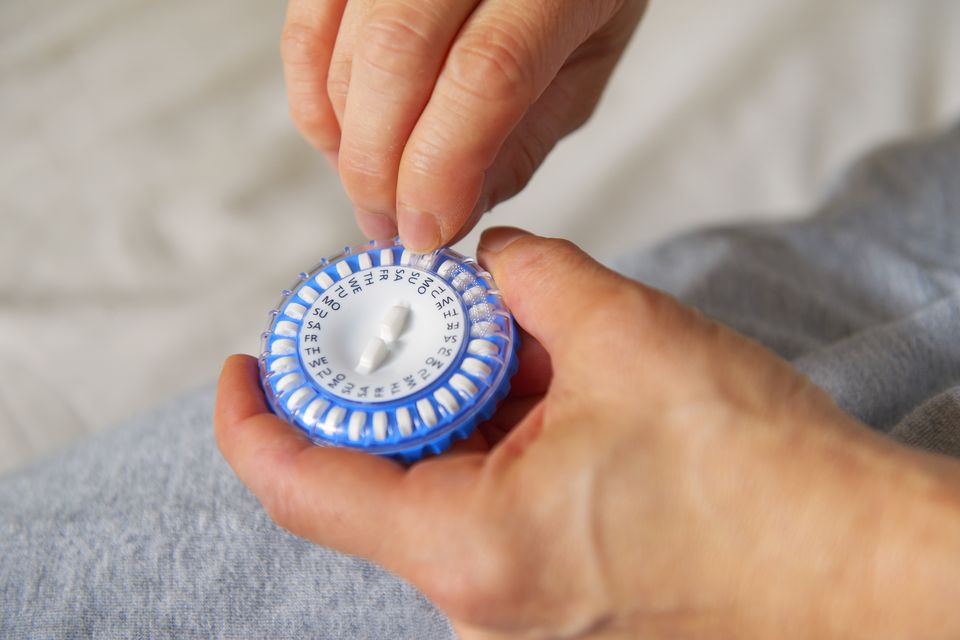Entertainment
Understanding When to Adjust HRT Dosage for Symptom Relief

Individuals undergoing hormone replacement therapy (HRT) often face questions regarding dosage adjustments as symptoms fluctuate. A recent inquiry from a 50-year-old woman using a 75 mcg patch for a year highlights this concern. She has begun to experience a return of symptoms and is contemplating whether to increase her dosage.
The most commonly prescribed form of estrogen in HRT is 17-beta estradiol, a transdermal option derived from plant sources. The extraction process involves converting a plant compound known as diosgenin, sourced from the Mexican Dioscorea species, into the active hormone. This conversion occurs in a laboratory setting, ultimately producing a compound that assists in alleviating menopausal symptoms.
For women with an intact uterus—those who have not had a hysterectomy—taking progesterone is essential. This hormone, which can be administered via a patch, pill, or intrauterine device, helps mitigate the risk of endometrial cancer by counteracting the thickening of the womb lining.
At age 50, the woman in question likely experienced her last menstrual period within the past 18 to 24 months, resulting in the initiation of cyclical HRT. This regimen involves taking progesterone for 14 days followed by a 14-day break, during which a withdrawal bleed typically occurs. Many women may experience bleeding before the end of the progesterone cycle due to ongoing ovarian hormone production in younger women.
As women transition into their 50s, they may discuss shifting to a continuous HRT regimen, which involves daily intake of both estrogen and progesterone, eliminating menstrual cycles. The return of symptoms should be discussed with a healthcare provider since not all symptoms are necessarily tied to menopause. Common indicators of estrogen deficiency include hot flashes, night sweats, mood fluctuations, sleep disturbances, memory issues, joint discomfort, and vaginal dryness.
Whether to increase HRT dosage is a decision that should involve careful consideration and discussion with a healthcare professional. As individuals age, their HRT dosage may require adjustments. The maximum allowable dose is contingent on the type of estrogen used and the delivery method. HRT is available in various forms, including oral tablets, transdermal patches, topical gels, and implants. For instance, the standard oral dose is typically 1 mg per day, while transdermal doses of 0.05 mg (or 50 mcg) daily are often sufficient for symptom relief in most women.
In the case of the woman using the 75 mcg patch, a potential increase to 100 mcg daily might be appropriate, depending on her specific symptoms. It is important to explore other treatment options as well. If low libido is a concern, a healthcare provider may suggest adding topical testosterone cream. For symptoms like vaginal dryness or recurrent urinary tract infections, local vaginal estrogen creams or pessaries may be beneficial.
Dr. Jennifer Grant, a general practitioner with Beacon HealthCheck, emphasizes the importance of individualized care in managing HRT. Each patient’s experience is unique, and ongoing communication with a healthcare provider is crucial for effective symptom management.
-

 Top Stories3 months ago
Top Stories3 months agoTributes Surge for 9-Year-Old Leon Briody After Cancer Battle
-

 Entertainment4 months ago
Entertainment4 months agoAimee Osbourne Joins Family for Emotional Tribute to Ozzy
-

 Politics4 months ago
Politics4 months agoDanny Healy-Rae Considers Complaint After Altercation with Garda
-

 Top Stories4 months ago
Top Stories4 months agoIreland Enjoys Summer Heat as Hurricane Erin Approaches Atlantic
-

 World5 months ago
World5 months agoHawaii Commemorates 80 Years Since Hiroshima Bombing with Ceremony
-

 Top Stories3 months ago
Top Stories3 months agoNewcastle West Woman Patricia Foley Found Safe After Urgent Search
-

 Top Stories5 months ago
Top Stories5 months agoFianna Fáil TDs Urgently Consider Maire Geoghegan-Quinn for Presidency
-

 World5 months ago
World5 months agoCouple Convicted of Murdering Two-Year-Old Grandson in Wales
-

 World5 months ago
World5 months agoGaza Aid Distribution Tragedy: 20 Killed Amid Ongoing Violence
-

 World5 months ago
World5 months agoAristocrat Constance Marten and Partner Convicted of Infant Murder
-

 Top Stories4 months ago
Top Stories4 months agoClimbing Errigal: A Must-Do Summer Adventure in Donegal
-

 Top Stories4 months ago
Top Stories4 months agoHike Donegal’s Errigal Mountain NOW for Unforgettable Summer Views









